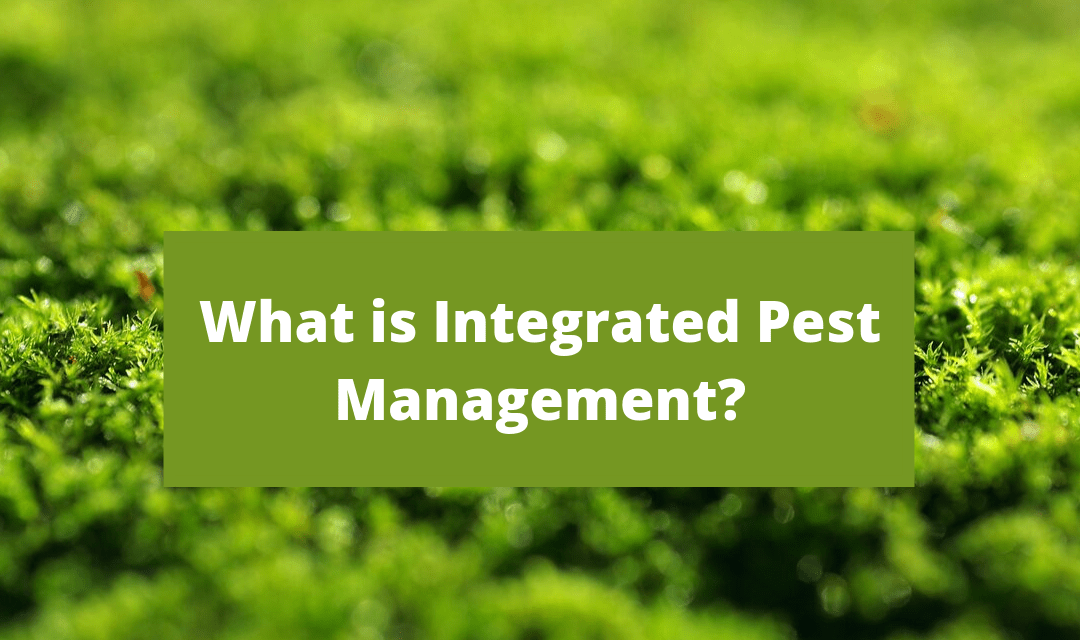Best way for the Integrated Pest Management.
Improved varieties and modern methods are being adopted for higher production of horticultural crops. Especially the farmers of the country are using new varieties and updated hybrid varities in the production of vegetables. On the other hand, chemical fertilizers and insecticides are also being used extensively. Due to which many types of problems are arising. The loss caused by major insects in various crops has been estimated to range from 10 to 12 percent. Indiscriminate use of insecticides in insecticides is causing the major problems like:

- Huge environmental contamination.
- It has been seen that insects develop resistance to chemical insecticides in itself.
- By the use of insecticides beneficial insects have adverse effect and on other important soil organisms.
- And it’s well known scientific truth that residues of chemical insecticides are found in our food items. Which causes lots of disease on our body.

By the use of integrated pest management method, the agricultural works done by the farmers include deep plowing of the fields, complete destroying weeds, by the use of rotten dung, compost and karanj cakes in the fields, using lime in acidic soil, using integrated fertilizers, healthy Treating of soils and treating seeds, arranging proper irrigation, sowing and harvesting crops at the right time, use of intercrops and trap crops, adopting crop chuck, providing a base for birds to sit, help in reducing the number of insects.

It helps in reducing the number of insects. Adopting these methods does not increase the cost in any way. Therefore, it is very important for the farmers and commercial cultivators to know about the benefits of integrated pest and management.
How to manage IPM with biological control?
We should know in the natural ecosystem the control of insects is done automatically by their natural enemies. But in a critical situation if the number of insects is high parasites and the number of predatory insects also has to be increased.

When the number is high the number of parasitic and predatory insects also has to be increased so that the number of enemy insects can be reduced. Therefore protection and promotion of parasitic and predatory insects should be given priority in biological control program.
Nowadays Trichogramma chrysorella. The number of friendly insects like lady beetles etc. is increased by rearing them in the laboratory and as a result of their use. It gives pleasure that there is a decrease in the spray of chemical insecticides.

As a result the cost is also reduced and the environment can be saved from contamination. Therefore such an effort should be made that the ability of parasitic and predatory insects to remain intact even in adverse conditions. For this there is a need to develop resistance to chemical insecticides in parasitic and predatory insects.
How to use of organic insecticides?
Todays there are some organizations who is involve in making cultured bacterial. Nowadays many companies are making insecticides by mixing bacteria, fungi and viruses. There is no possibility of development of immunity in insects due to their use.
Biopesticides kill by affecting the growth and development of insects. Nowadays insecticides are killing by affecting the growth and development of insects. Nowadays Bavaria bassiana, Metarhizium anisopliae Fungus (Insecticide), Halt, Delphine, Biolep (Bt) NPV Commercially available for the control of insects such as Heliothis and Spodoptera.
How can you use household pesticide?
The number of insects can be reduced by using the resources available in the house. Their use reduces costs. And the balance is maintained in the environment.
- To make insecticide from neem leaves (How to use Neem?)
- Fill a bucket with neem leaves and leave it for four days by dipping it in water. On the fifth day, the mixture is prepared by sorting the neem leaves and after filtering the solution. Make a little soapy solution. After which you can spray on your plant leaves. Due to this the number of many insects can be reduced.

- Making insecticide from neem seeds (How to use Neem Seeds?)
By the use of one kilogram of neem seeds in the form of dust we can do healthy IPM. After heating the neem seed dust by mixing with 20 liters of water. After boiling for half an hour take the solution down to cool down. We have to heat until the color of the solution becomes reddish brown. Then filter the solution and add 20 grams of soap to the solution. In this solution 85 to 90 liters of water is mixed and sprayed on the crops. With their effect Lahi, honeybee, white fly, dahlia, insect etc. are controlled.

- By the use of Animal waste (How to use Animal waste as an Insecticides?
To make insecticide from cow urine mix five liters of water and five liters of cow urine and leave it to rot for four to five days. On the fifth day, mix the solution well and filter it. After filtering the solution 100 grams of lime is added to the solution. Mix 70 liters of water in this solution and spray it on the crops. Due to its effect, insects are not able to lay eggs on the crops. The use of this insecticide protects the crops from diseases and the color of the crops becomes green.
- By the use of insecticide made from neem plant and his products.
The behavior of insecticides prepared from neem like infallible nimbecidin, nimerin, nimol, bengard has been found to be very good and beneficial for the control of insects.
Benefit from the adoption of advanced technology
The following advantages have been observed from Integrated Pest Management over the prevalent chemical pest control.
- It is a sustainable and natural resource. Being dependent is a profitable technique.
- It is helpful in purifying the environment.
- Beneficial for the health of humans and animals.
- Helps in reducing the resistance of insects to chemicals.
- There would have been an increase in the number of friendly insects and beneficial organisms.
- The amount of pesticide residue in food grains and vegetables is negligible.
What is the main problems and possibilities in adoption?
Non-availability of beneficial insects in sufficient quantity.
- Lack of simple techniques to see the suggested economic loss level.
- Lack of complete information to farmers
- d. Lack of publicity information.
- Not getting high price for fruits, vegetables and food grains free from insecticidal chemicals.
- f. Socioeconomic problems.
Best Tips or recommendations:

The following points need to be taken care of for better conclusion of integrated pest management.
- Showing sunlight to the fields after deep plowing.
- 2. Destroying weeds.
- Use of Manure in Balanced Quantity
- Ensuring availability of healthy/purified seeds.
- To do seed treatment.
Treating insecticides made at home for protection from insects.
- Promotion of parasitic and predatory insects.
- Use of organic insecticides.
- Use of marketable insecticide made from neem at the right time and in the right quantity.
- Proper use and proper amount of insecticides as per requirement.
12 Keep on taking care of the crops equally.




